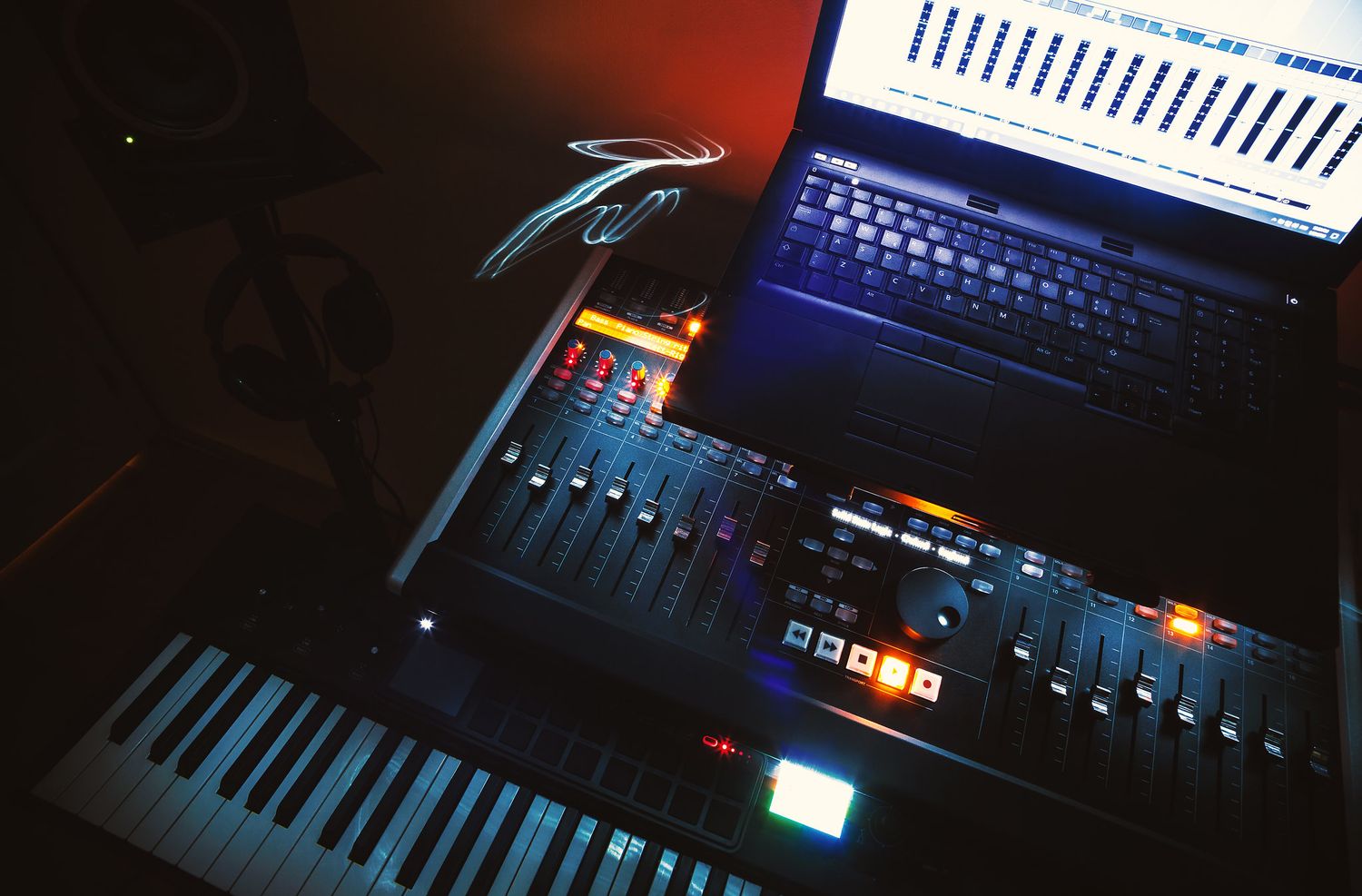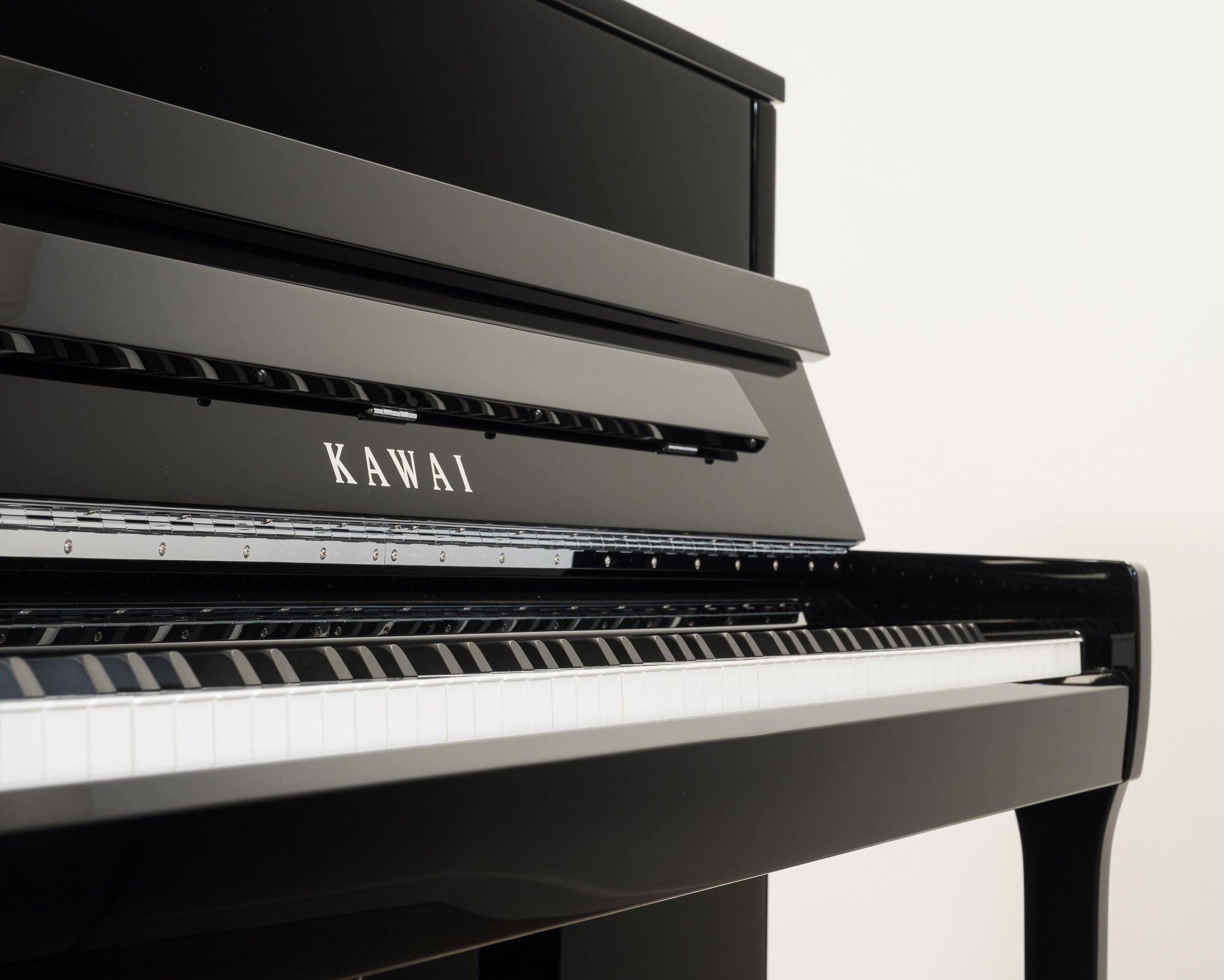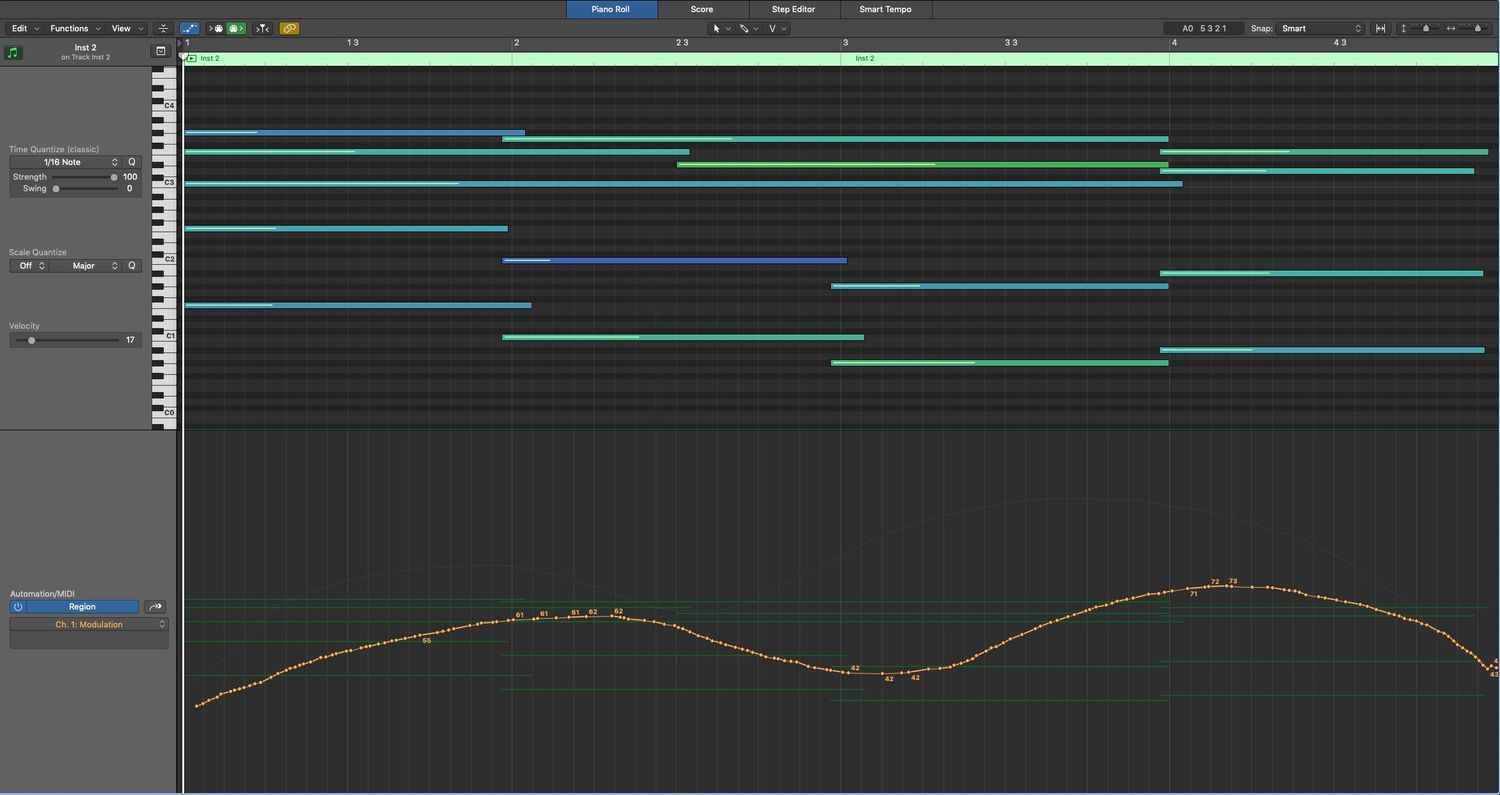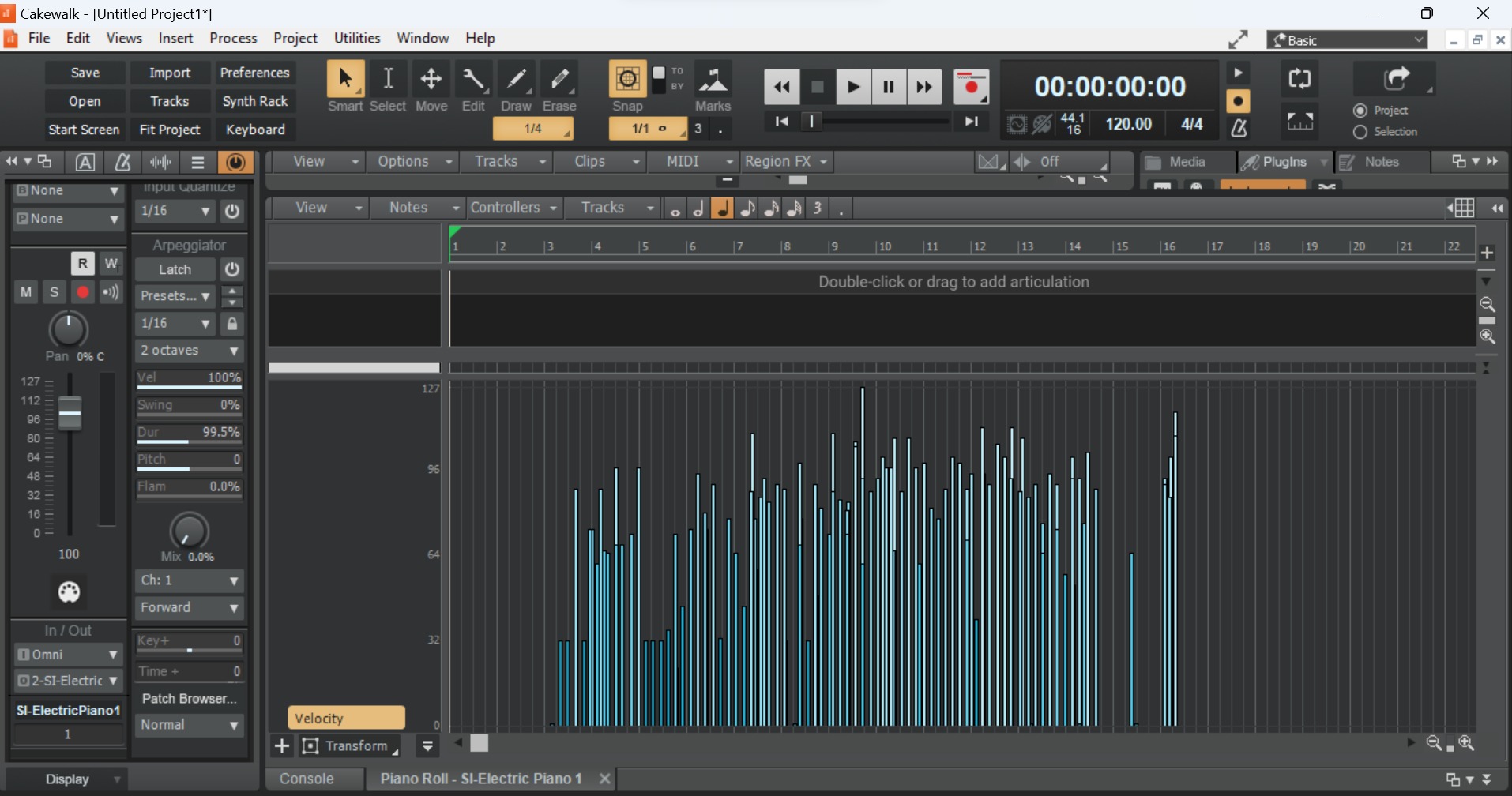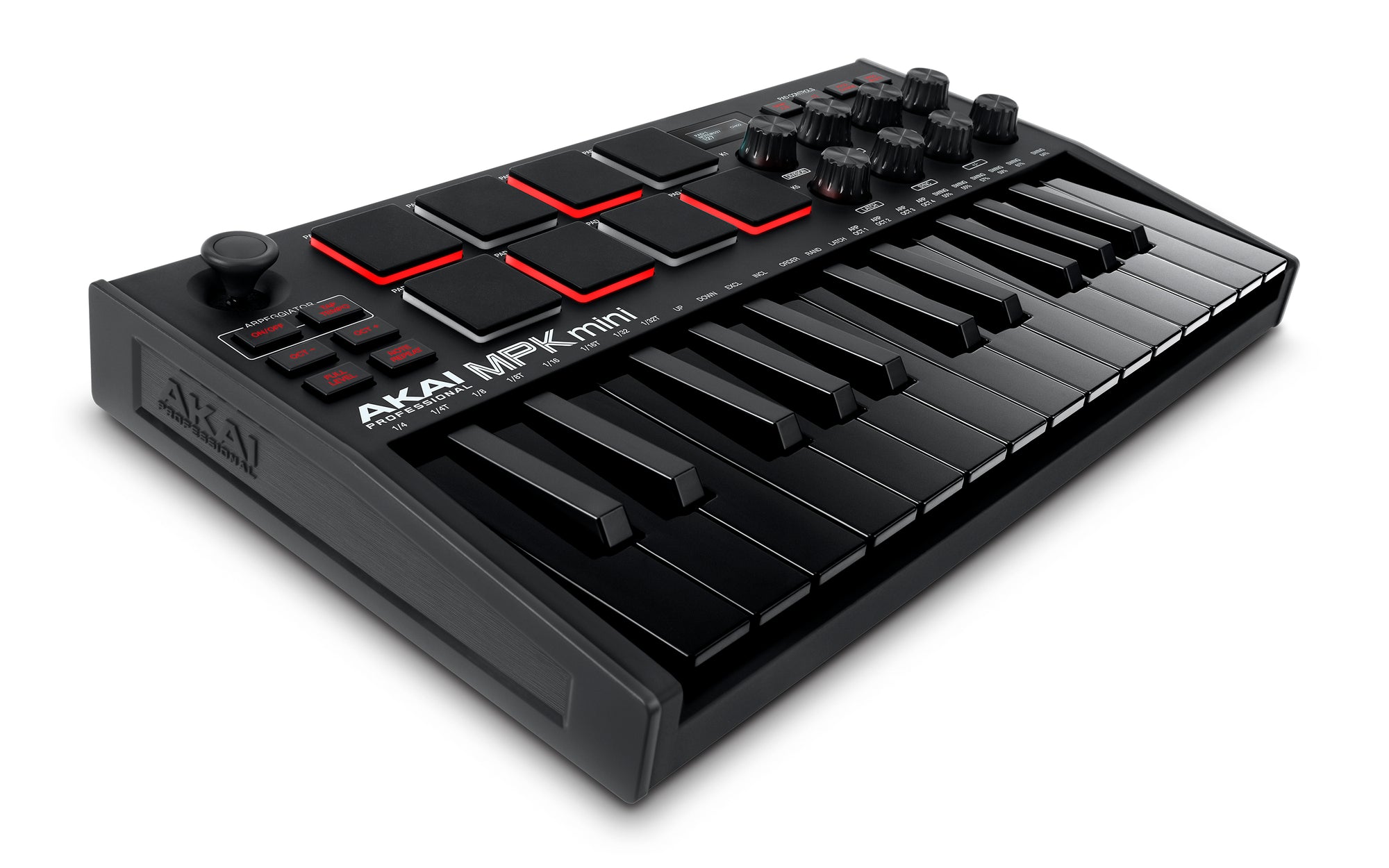Home>Production & Technology>MIDI>MIDI Keyboard: How Many Keys
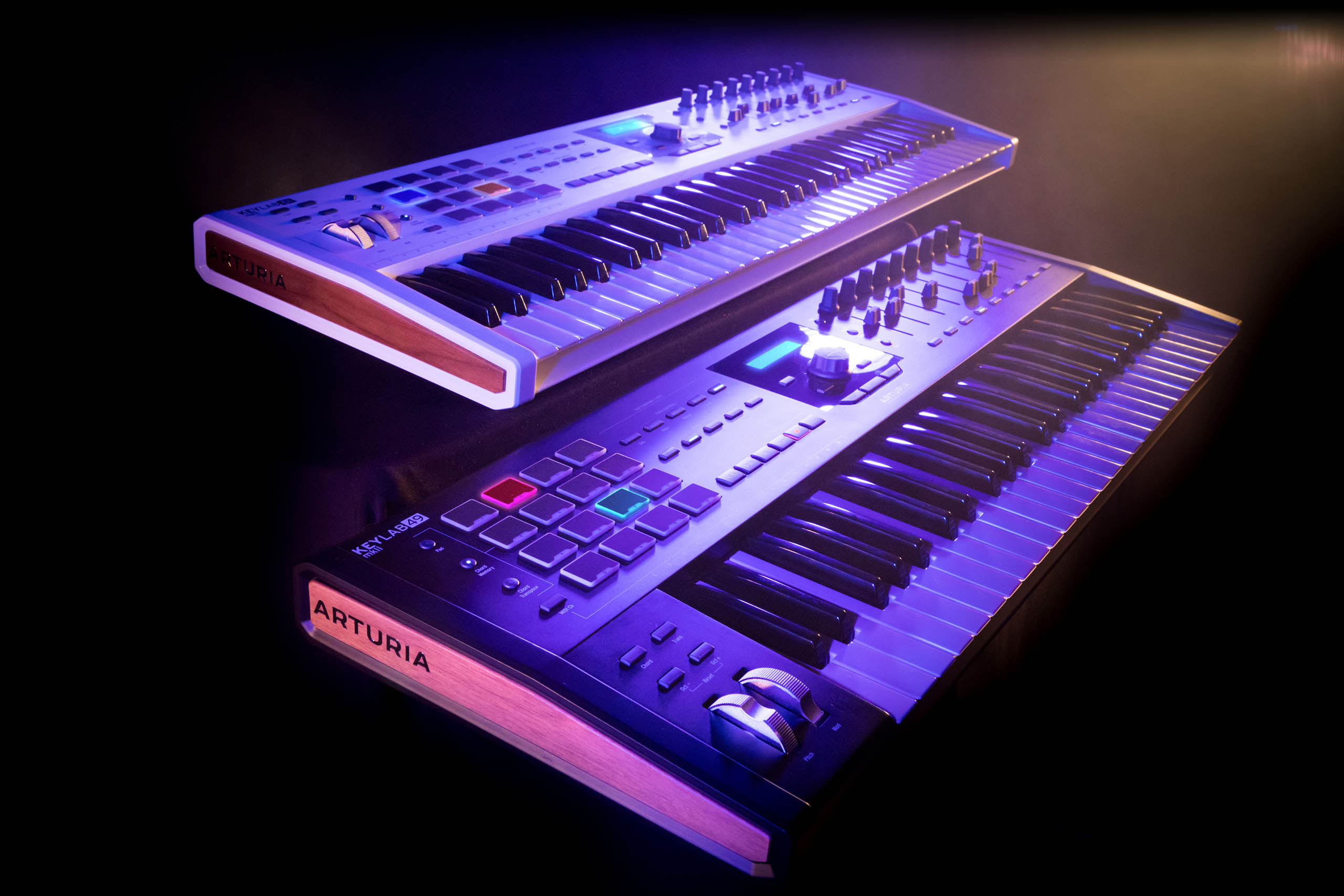

MIDI
MIDI Keyboard: How Many Keys
Published: February 22, 2024
Discover the ideal number of keys for your MIDI keyboard and enhance your music production with the perfect MIDI controller. Explore our guide now!
(Many of the links in this article redirect to a specific reviewed product. Your purchase of these products through affiliate links helps to generate commission for AudioLover.com, at no extra cost. Learn more)
Table of Contents
Introduction
When it comes to creating music in the digital realm, having the right tools at your disposal can make all the difference. One such tool that has become indispensable for musicians and producers alike is the MIDI keyboard. This versatile instrument serves as a bridge between the physical and digital worlds, allowing users to input musical notes and commands into their computer-based audio workstations.
MIDI keyboards come in various configurations, with the number of keys being a key factor in determining their functionality and playability. From compact 25-key models to expansive 88-key behemoths, each variant offers a unique set of advantages and limitations. In this comprehensive guide, we'll explore the different types of MIDI keyboards available, shedding light on the distinctive features and use cases for each.
Whether you're a budding songwriter looking for a portable solution or a seasoned composer in need of a full-sized piano replacement, understanding the nuances of MIDI keyboard sizes will help you make an informed decision that aligns with your musical aspirations. So, let's embark on this journey through the world of MIDI keyboards, where the number of keys holds the key to unlocking endless creative possibilities.
25-Key MIDI Keyboards
The 25-key MIDI keyboard stands out as a compact and portable option, making it an ideal choice for musicians on the go or those working in space-constrained environments. Despite its smaller form factor, this keyboard packs a punch when it comes to functionality. Its modest size doesn't compromise its ability to deliver a seamless music production experience.
One of the key advantages of the 25-key MIDI keyboard is its portability. Its small footprint allows for easy transportation, making it a popular choice for musicians who frequently travel or perform live. Additionally, its compact nature makes it a practical solution for home studios or setups with limited space. This means that even in cramped quarters, musicians can harness the power of a MIDI keyboard without sacrificing precious workspace.
Furthermore, the 25-key MIDI keyboard serves as an excellent entry point for beginners venturing into the world of music production. Its streamlined layout and reduced key count provide a less daunting learning curve, allowing novices to familiarize themselves with keyboard techniques and music theory without feeling overwhelmed.
Despite its smaller size, the 25-key MIDI keyboard doesn't skimp on features. Many models come equipped with essential controls, such as knobs, pads, and faders, offering a surprising level of versatility considering their compact design. These additional controls enable users to manipulate sound parameters, trigger samples, and control various aspects of their digital audio workstations, enhancing the overall creative workflow.
In the realm of MIDI keyboards, the 25-key variant proves that size isn't everything. Its portability, beginner-friendly nature, and impressive functionality make it a compelling choice for musicians and producers who prioritize mobility and efficiency without compromising on musical expression. Whether it's crafting melodies on the road or maximizing limited studio space, the 25-key MIDI keyboard stands as a testament to the adage that great things come in small packages.
49-Key MIDI Keyboards
The 49-key MIDI keyboard strikes a harmonious balance between compactness and playability, making it a popular choice among musicians and producers seeking a versatile instrument that doesn't compromise on functionality. With an additional octave compared to the 25-key variant, the 49-key keyboard offers an extended range that can accommodate a wider array of musical compositions and playing styles.
One of the standout features of the 49-key MIDI keyboard is its enhanced playability. The expanded key count provides a more comprehensive playing surface, allowing musicians to explore a broader range of melodies, chords, and musical phrases without feeling constrained by limited octaves. This improved range is particularly beneficial for pianists and keyboardists who require a greater expanse of notes to execute complex compositions and arrangements seamlessly.
In addition to its extended range, the 49-key MIDI keyboard often incorporates additional controls and features that contribute to a more immersive music production experience. Many models come equipped with assignable knobs, sliders, and pads, empowering users to manipulate sound parameters, trigger samples, and control various aspects of their digital audio workstations with enhanced precision and flexibility. This expanded control set fosters a more hands-on approach to music creation, allowing for nuanced expression and real-time manipulation of sound elements.
Furthermore, the 49-key MIDI keyboard serves as an excellent tool for music education and skill development. Its intermediate key count strikes a balance between portability and playability, making it an attractive option for both beginners and experienced musicians. For novices, the 49-key layout provides a more comprehensive introduction to keyboard techniques and music theory, bridging the gap between entry-level keyboards and full-sized pianos. Meanwhile, seasoned players benefit from the keyboard's versatility, enabling them to explore intricate musical arrangements and compositions with greater ease and fluidity.
In the realm of MIDI keyboards, the 49-key variant embodies a harmonious fusion of compact design and expanded functionality. Its extended range, coupled with enhanced playability and versatile controls, positions it as an indispensable tool for musicians and producers seeking a capable yet portable instrument. Whether it's crafting intricate melodies, delving into music production, or honing keyboard skills, the 49-key MIDI keyboard stands as a testament to the art of striking the perfect balance between form and function.
61-Key MIDI Keyboards
The 61-key MIDI keyboard represents a compelling midpoint between compactness and comprehensive playability, catering to musicians and producers who seek an optimal balance between portability and a wide-ranging musical canvas. With an additional octave compared to the 49-key variant, the 61-key keyboard offers an expanded playing surface that accommodates a diverse array of musical compositions, styles, and playing techniques.
One of the defining features of the 61-key MIDI keyboard is its enhanced musical expression. The extended key count provides a broader range of notes, empowering musicians to explore a more extensive repertoire of melodies, harmonies, and chord progressions. This expanded range is particularly advantageous for performers and composers who require a wider spectrum of musical expression, enabling them to delve into intricate compositions and arrangements with greater flexibility and nuance.
Furthermore, the 61-key MIDI keyboard often integrates a robust set of controls and features that elevate the music production experience. Many models boast assignable knobs, sliders, and pads, offering users an immersive platform to manipulate sound parameters, trigger samples, and modulate various aspects of their digital audio workstations with precision and creativity. This comprehensive control set fosters a hands-on approach to music creation, allowing for dynamic real-time manipulation of sound elements and a heightened sense of artistic control.
In addition to its expanded range and enhanced controls, the 61-key MIDI keyboard serves as an invaluable tool for music education and skill development. Its intermediate key count strikes a harmonious balance between portability and playability, making it an attractive option for both aspiring musicians and seasoned players. For beginners, the 61-key layout provides a more comprehensive platform to explore keyboard techniques and music theory, bridging the gap between entry-level keyboards and full-sized pianos. Meanwhile, experienced musicians benefit from the keyboard's versatility, enabling them to delve into complex musical arrangements and compositions with fluidity and expressiveness.
In the realm of MIDI keyboards, the 61-key variant embodies the essence of musical versatility and expressive potential. Its expanded range, coupled with comprehensive controls and educational value, positions it as an indispensable instrument for musicians and producers seeking a harmonious blend of convenience and musical exploration. Whether it's crafting intricate melodies, delving into music production, or honing keyboard skills, the 61-key MIDI keyboard stands as a testament to the art of striking the perfect balance between form and function.
88-Key MIDI Keyboards
The 88-key MIDI keyboard stands as the epitome of grandeur and musical prowess, offering a full range of notes and an expansive playing surface that mirrors the expanse of a traditional acoustic piano. This full-sized keyboard variant caters to musicians, composers, and performers who demand uncompromising playability and a comprehensive musical canvas to bring their artistic visions to life.
One of the defining features of the 88-key MIDI keyboard is its unparalleled range and expressive potential. With a complete set of seven octaves, this keyboard provides a vast spectrum of musical notes, empowering musicians to delve into the depths of complex compositions, intricate harmonies, and emotive melodies with seamless fluidity. The extended range not only accommodates a diverse repertoire of musical styles and genres but also enables performers to execute technically demanding pieces and explore the full breadth of musical expression.
Furthermore, the 88-key MIDI keyboard often integrates a sophisticated array of controls and features that elevate the music production experience to new heights. Many models boast assignable knobs, sliders, and pads, offering users a comprehensive platform to manipulate sound parameters, trigger samples, and modulate various aspects of their digital audio workstations with precision and creativity. This expansive control set fosters a hands-on approach to music creation, allowing for dynamic real-time manipulation of sound elements and a heightened sense of artistic control.
In addition to its expansive range and comprehensive controls, the 88-key MIDI keyboard serves as a cornerstone for music education and professional performance. Its full-sized key count provides an authentic and immersive playing experience, making it an indispensable tool for pianists, composers, and educators. Whether it's honing advanced keyboard techniques, interpreting classical masterpieces, or composing intricate symphonic arrangements, the 88-key keyboard serves as a gateway to musical excellence and artistic mastery.
In the realm of MIDI keyboards, the 88-key variant embodies the essence of musical grandeur and limitless potential. Its expansive range, coupled with comprehensive controls and educational significance, positions it as an indispensable instrument for musicians and producers seeking the ultimate platform for musical expression. Whether it's crafting intricate melodies, delving into music production, or honing keyboard skills, the 88-key MIDI keyboard stands as a testament to the art of unlocking boundless creative possibilities.
The 88-key MIDI keyboard represents the pinnacle of musical expression and technical proficiency, offering a comprehensive platform for musicians and producers to explore the depths of their creativity and bring their musical visions to fruition.
Conclusion
In the realm of music production and performance, the MIDI keyboard serves as a versatile conduit for creative expression, bridging the gap between traditional instrumentation and digital innovation. As we've journeyed through the diverse landscape of MIDI keyboards, each variant has showcased unique characteristics and catered to specific musical needs.
From the compact and portable 25-key MIDI keyboard to the expansive and expressive 88-key behemoth, each variant offers a distinct set of advantages tailored to different musical contexts. The 25-key model, with its portability and beginner-friendly design, proves to be a valuable entry point for aspiring musicians and producers, providing a platform for learning and creativity in a space-efficient package. On the other hand, the 49-key keyboard strikes a harmonious balance between compactness and playability, catering to a wide spectrum of musical styles and skill levels. Its enhanced range and versatile controls make it an attractive choice for both performers and producers seeking a capable yet portable instrument.
Moving up the spectrum, the 61-key MIDI keyboard embodies a harmonious fusion of compact design and expanded functionality, offering an optimal balance between portability and a wide-ranging musical canvas. Its extended range and comprehensive controls position it as an indispensable tool for musicians and producers seeking a harmonious blend of convenience and musical exploration. Finally, the 88-key MIDI keyboard stands as the epitome of grandeur and musical prowess, providing an expansive playing surface and unparalleled expressive potential for professional performance, advanced music education, and intricate musical compositions.
In conclusion, the number of keys on a MIDI keyboard is not merely a matter of quantity; it's a reflection of the diverse needs and aspirations of musicians and producers. Whether it's the convenience of mobility, the pursuit of expanded playability, or the quest for unbridled musical expression, each variant caters to a specific niche within the vast tapestry of music creation. By understanding the nuances of MIDI keyboard sizes and their respective capabilities, musicians and producers can make informed decisions that align with their artistic visions and practical requirements, unlocking boundless creative possibilities and shaping the future of musical innovation.


